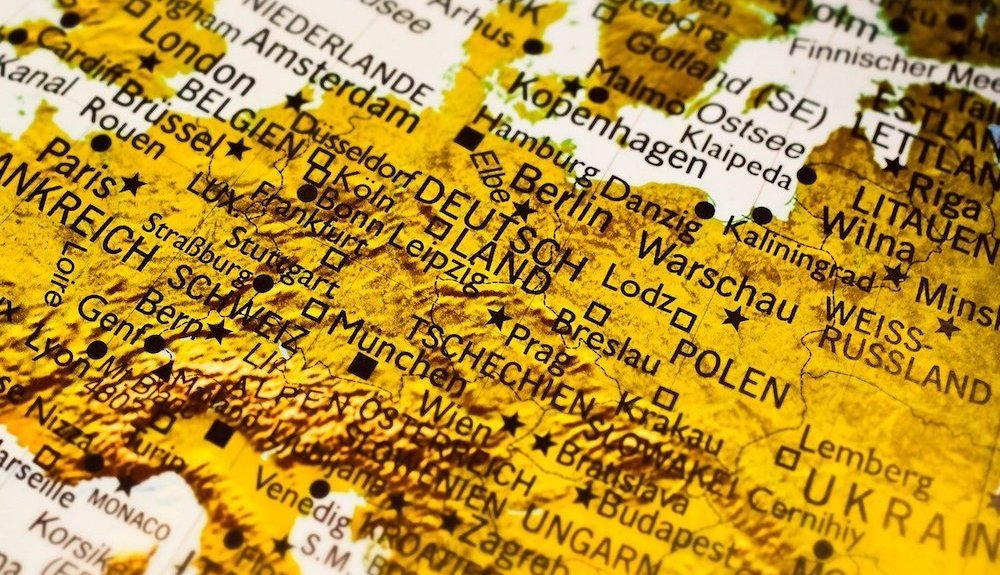In this month’s Sprachspielen, I would like to talk about a word that we use all the time to describe our work, which you would probably feel needs no particular explanation. It is the word “European.” Again, you’re probably thinking that this is pretty straightforward, but it might surprise you, as I seek to explain what this word means to us more specifically, especially as it relates to our ministry.
As I’ve explained in previous instalments of Sprachspielen, our primary understanding of the various ethnolinguistic people groups with whom we minister is based on linguistic affinity and points of connection. In other words, we look at the indigenous, minority languages that are spoken and how they are related to one another, as a primary organising principle for our missionary focus. These language groups “bleed” over the established borders, as the areas of their linguistic domain are generally older than those of the established geopolitical borders.
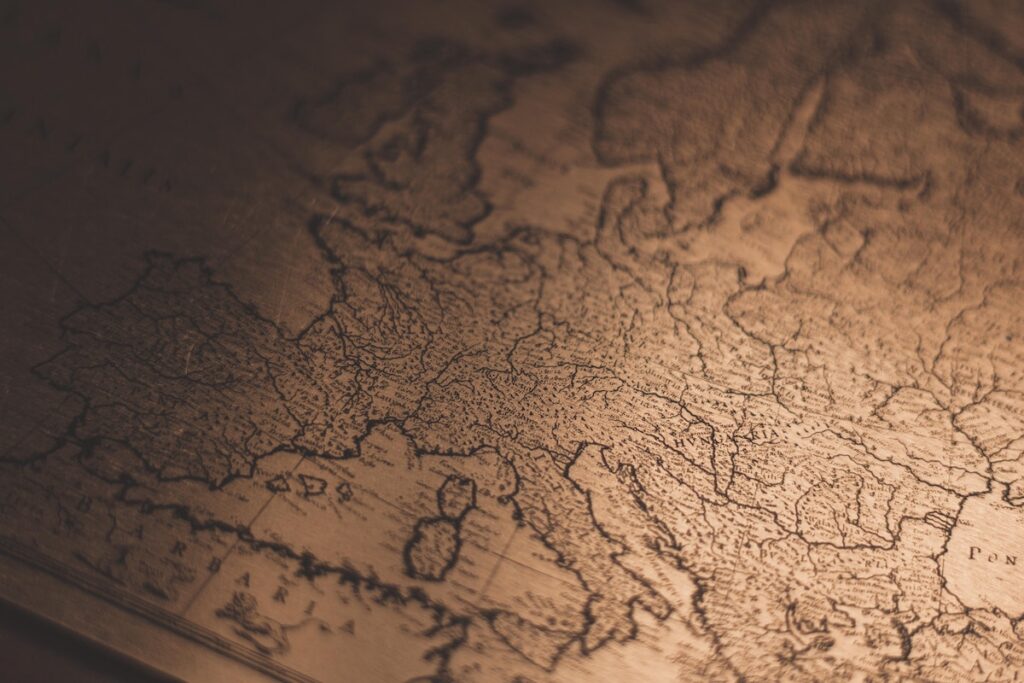
However, we do not work with all indigenous minority languages everywhere in the world. We also have a geographic focus which guides our missions focus. Because our geographic understanding of the world tends to be guided by things like “continents” and “countries,” it might be helpful to understand what we mean by “European” in light of those geographic and geopolitical entities.
As one might expect, “European” for us would certainly involve the entirety of the Continent of Europe. However, for us that geographic understanding would be expanded due to certain “grey” areas related to the countries, or geopolitical entities, which are historically, culturally and even geographically tied to the Continent. To express this more clearly, it would be better to describe the countries both within the European Continent and just beyond it, which make up the area, which we refer to with the word “European.”
To understand this concept more fully, it might be better to think of it in terms of concentric circles moving outward from the most obvious inclusions in our work, described by the term “European” for our purposes, to the least obvious inclusions. Moving from the centre (most obvious) to the outer circles (less obvious), the following would serve as our guide of what we could consider “European.”
United Kingdom

Notwithstanding that the term “United Kingdom” is problematic for many of the people groups with whom we minister, I use it now for ease of communication. To be more specific, we are thinking of the nations of Wales, England, Scotland, and Northern Ireland, which presently are the nations which make up the United Kingdom. We would also include Crown Dependencies such as the Isle of Man and the Channel Islands within this designation.
We realise that the UK is NOT the centre of Europe geographically, culturally, or really in any way. However, it is the centre of our consideration for historical reasons related to the origins of our ministry, namely in Wales, where we’ve had our primary area of ministry for many years. It is the nation (Wales) where we have our headquarters and in which we have our legal recognition and standing as a missionary organisation. This is why it is the starting place for our understanding of “European.”
European Union
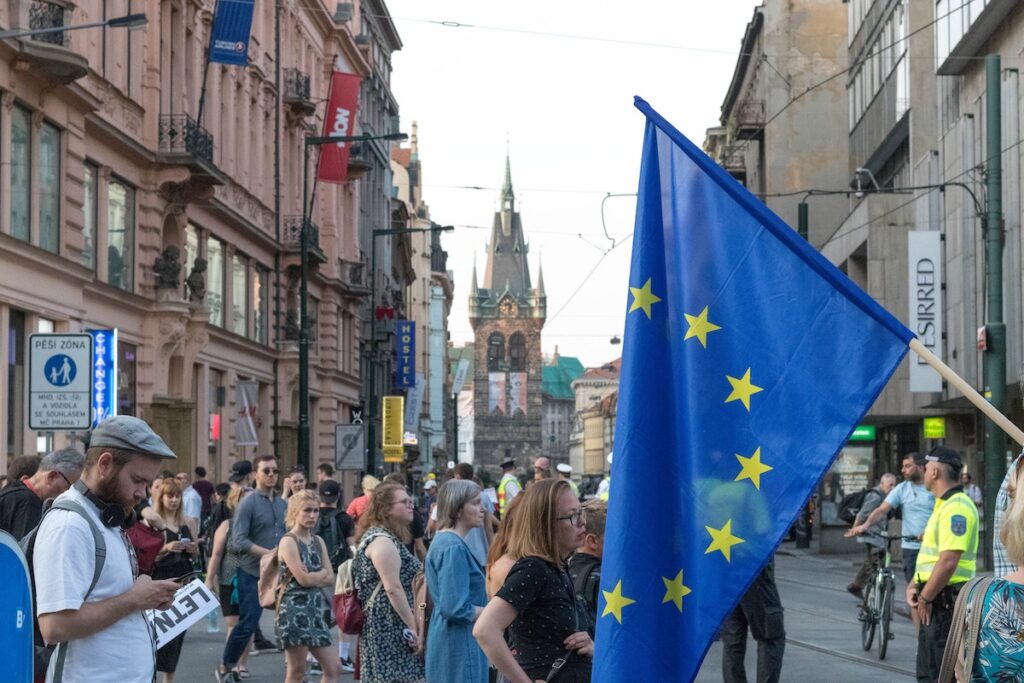
We would then include all of the 27 member states of the EU. The member nations of the EU are Austria, Belgium, Bulgaria, Croatia, Republic of Cyprus, Czech Republic, Denmark, Estonia, Finland, France, Germany, Greece, Hungary, Ireland, Italy, Latvia, Lithuania, Luxembourg, Malta, Netherlands, Poland, Portugal, Romania, Slovakia, Slovenia, Spain and Sweden.
The European Economic Area (EEA) and Microstates
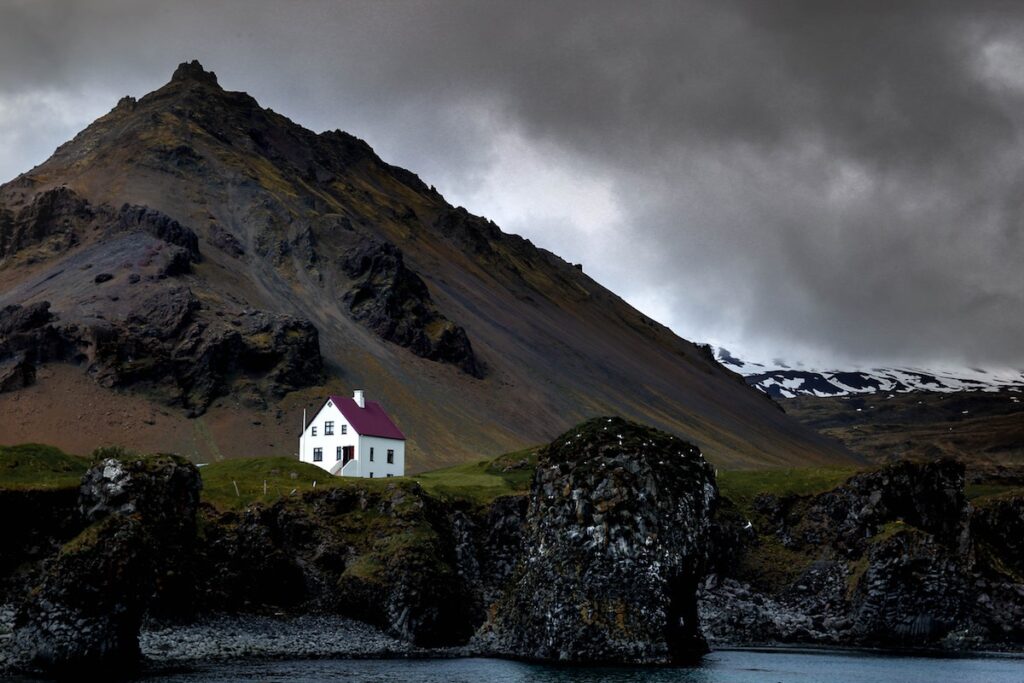
There are some countries that are part of the EEA, but not full members of the EU: namely Iceland, Liechtenstein, and Norway. We would put Switzerland in this category as well. Though it is not technically part of the EU or the EEA, it is part of the European Common market and geographically right in the middle of the EU. We would also include micro states within the territory of EU/EEA countries in this category, namely: Andorra, Monaco, San Marino, and Vatican City.
Geographically, historically, & politically European
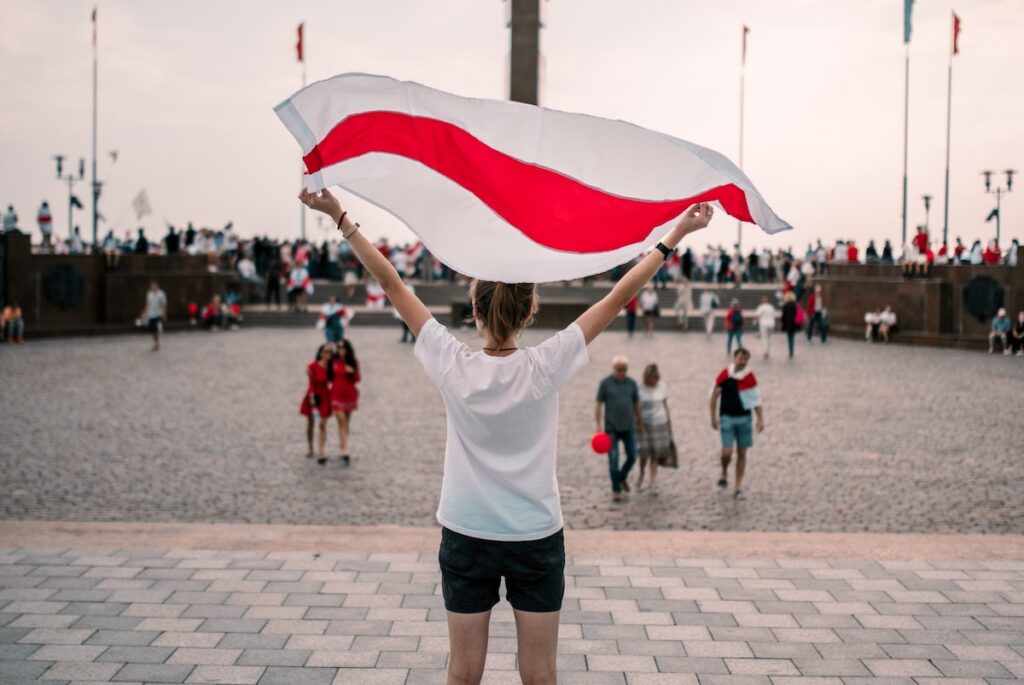
There are some nations, which naturally fit into the European context at least for our purposes, due to issues of geography, history, or political connections. For example, Belarus, Moldova, Ukraine, and the Russian Federation would all have a clear geographic and historical tie to what we would know as Europe, even though they are not part of the EU or the EEA. The Russian Federation is the first country in this list, which sort of breaks the rules a bit. This is because, and speaking strictly geographically, part of the Russian Federation is in the Continent of Europe, and part of it is in the Continent of Asia. The Ural mountains are generally the line which separates the two parts/Continents. However, it seemed unnatural to split up this nation at the Ural mountains, taking the European part, while ignoring the technically “Asian” part. Consequently, for our purposes, we would look at the entire Russian Federation as a whole, without “turning back” at the Urals.
There are also some examples of areas/nations, which we would include in our understanding of “European,” which do not have a natural geographic connection, but for cultural and political reasons we would include in our missions focus. These areas would be Greenland and the Faroe Islands, two autonomous areas within the Danish realm.
Peripheral Countries
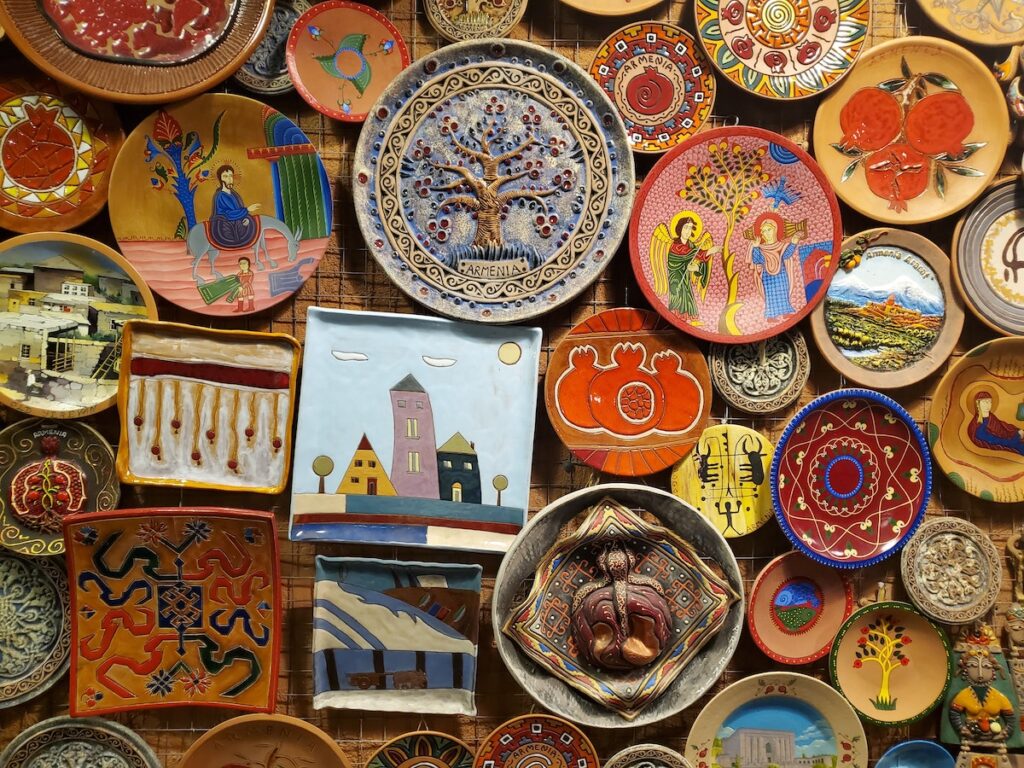
We would also include four other nations, or a part of these nations in our understanding of European, at least for the purposes of our missions focus. These countries would be Georgia, Armenia, Azerbaijan, and parts of Turkey. In Georgia and Armenia themselves, one could find a good number of their citizens, who would themselves identify more with Europe than Asia; whereas, both Azerbaijan and Turkey might see themselves more as part of Asia, though perhaps more strictly part of the “Middle East.” We would include these countries, because there are language groups in Southwestern Russia, particularly in the Caucasus Mountains area, which “bleed over” across the borders into parts of Turkey and also Azerbaijan. Because we go where the language group goes geographically that sometimes includes following these peoples across the borders into these neighbouring countries, which a lot of people might not automatically identify as “European.”
As you probably can see now, the definition of the term “European” might not actually be quite as straightforward as one might at first imagine. Hopefully, this explanation will give you some more insight into our calling and ministry.
I look forward to next month’s instalment, as we continue to look at the terms and vocabulary, which help us to understand and communicate the missionary calling that God has placed in us for these people groups. See you next month in the December Sprachspielen.
Have you seen the full scope of the people groups we serve?
165+ people groups. 100+ million people.
We’re still working to provide basic information about all of the indigenous minority language groups of Europe, but we have some information posted now, especially where we’re actively working. Read more.

